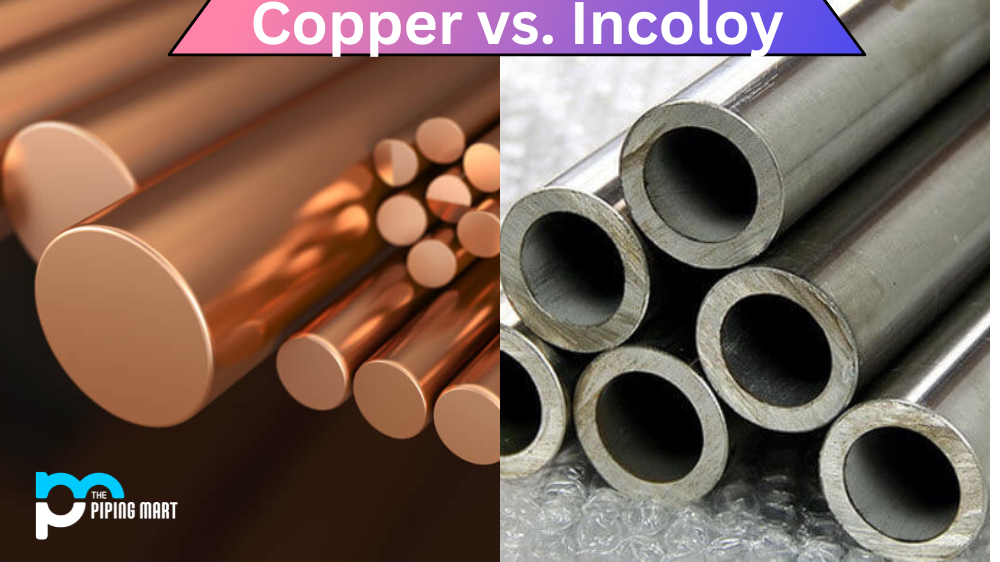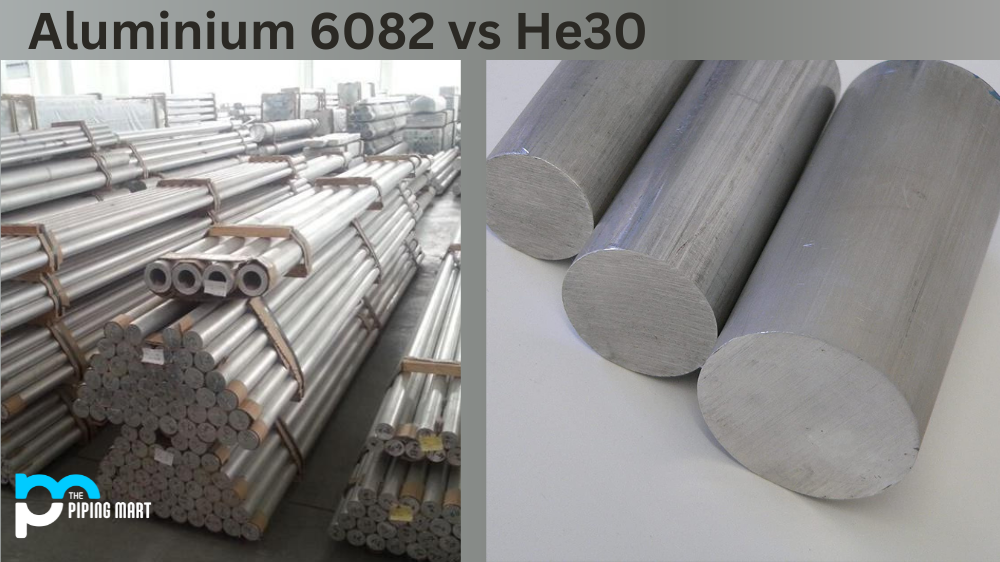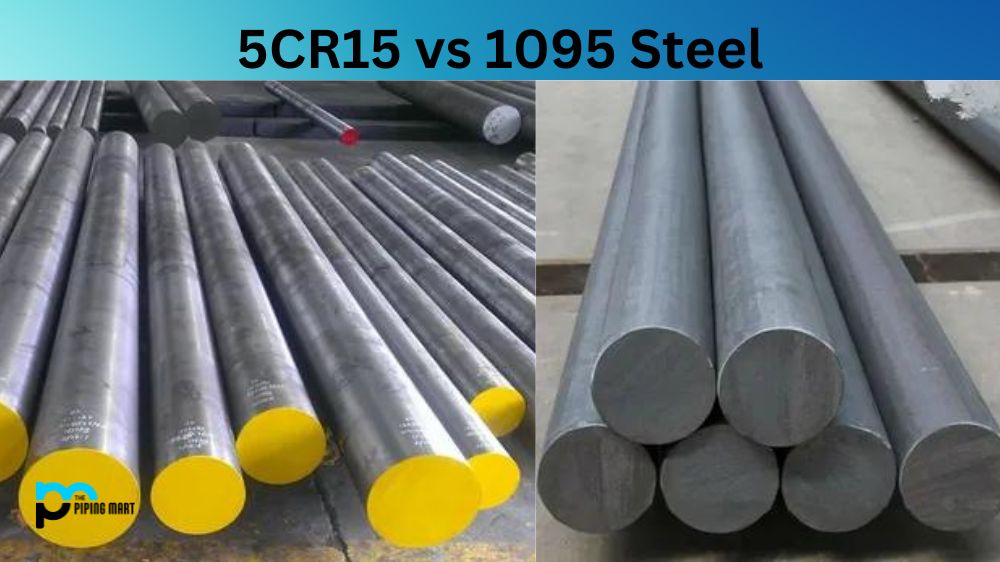Phosphorus is an element found in nature that has a variety of uses, from fertilizer to the production of fireworks. But did you know there are two types of phosphorus? White phosphorus and red phosphorus differ in terms of their physical properties as well as how they’re used. Let’s take a look at these differences.
Physical Properties
White phosphorus
White phosphorus is an odorless, waxy solid that is white in color and more combustible than red phosphorus. It ignites easily and can even spontaneously ignite when exposed to air—which makes it dangerous to work with. White phosphorus also has a higher melting point (44°C) than red phosphorus (60°C).
Red phosphorus
Red phosphorus is another form of the element that appears as a reddish-brown powder at room temperature. Unlike white phosphorus, it does not ignite easily or spontaneously when exposed to air, so it’s much safer to work with. Red phosphorus also has a lower boiling point (280°C) than white phosphorus (280–300°C).
Uses
White phosphorus
White phosphorus has some important uses in industry, including the production of fertilizers, pesticides, smoke screens for military operations, and match heads for lighters and matches. It can also be used as an incendiary weapon in warfare due to its ability to burn through the skin on contact. White phosphorous must be handled carefully because it can cause severe damage if not handled properly.
Red phosphorus
Red phosphorus is primarily used for safety purposes, such as fire retardants for plastic products and smoke detectors for homes and businesses. In addition, it’s often used as a catalyst in chemical reactions involving pharmaceuticals or explosives materials. Because it doesn’t ignite easily or spontaneously when exposed to the air like white phosphorous does, red phosphorous is generally considered safe to handle and store safely at room temperature.
Composition
White phosphorus is made up of atoms of phosphorus that are bonded together in a tetrahedral structure. Red phosphorus, on the other hand, is made up of atoms of phosphorus that are bonded together in a hexagonal structure.
Appearance
White phosphorus is a white, waxy solid that is odorless and insoluble in water. Red phosphorus is a red-brown powder that is also insoluble in water.
Stability
White phosphorus is highly reactive and will spontaneously ignite in air at room temperature. Red phosphorus is much less reactive and will not ignite in air at room temperature.
Toxicity
White phosphorus is highly toxic and can be fatal if ingested or inhaled. Red phosphorus is less toxic but can still be harmful if ingested or inhaled.
Conclusion
In short, white phosphorous is highly flammable while red phosphorous isn’t; this means that working with red phosphorous is much safer than working with white phosphorous. Additionally, white phosphorous has more industrial applications than red phosphorous due to its flammability, while red phosphorous is mainly used for safety purposes such as fire retardants or smoke detectors. Ultimately both types of phosphorous are important elements with distinct properties—it all just depends on what you need them for!

Pipingmart is B2B portal specializes in industrial, metal and piping products. Also, share latest information and news related to products, materials and different types grades to help business dealing in this industry.




